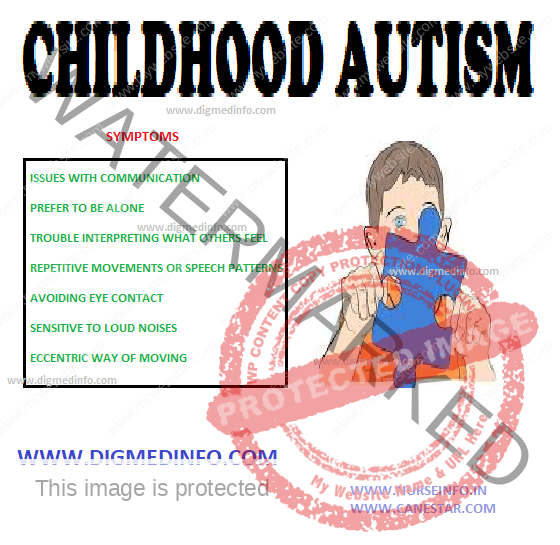CHILDHOOD AUTISM – Definition and General Characteristics
The term autism denotes a state of absorption into ones own world of phantasy with loss of contact with the reality. Reported incidence of childhood autism is 2-5/10,000 live births.
Childhood autism was originally described by Leo Kanner in 1943 as Early Infantile Autism. Autistic aloneness, language abnormality and restricted and compulsive behavior are the main three features of this disorder. Boys are more affected than girls. The disorder is unmasked by the third year of life. The child is abnormally quiet, lacks the usual emotional warmth and likes to be left alone. Eye-to-eye contact is avoided. He does not communicate through conversation. Pronouns are reversed. ‘You’ is used to mean ‘I’ Echolalia is common. Words and behavior are stereotypic. The child is fond of sameness in everything. Bizarre behavior such as rocking, whirling the head and flapping of hand may be present. Impulsive violence is common. The arithmetic skill is relatively high. IQ may be around 70 in most cases. Some have normal IQ. Many cases may be attributable to birth trauma. Autism is strongly a genetic disorder, and probably arises from multiple genetic defects. Recurrence within families with one affected child is high.
There is no specific treatment. Antipsychotics are given to control violence and hyperactivity. Behavior therapy may be helpful. Parents are to be counseled regarding management of the child at home. Many improve spontaneously and may be able to attend normal school. A few may require training in special schools. Some require special residential care.


